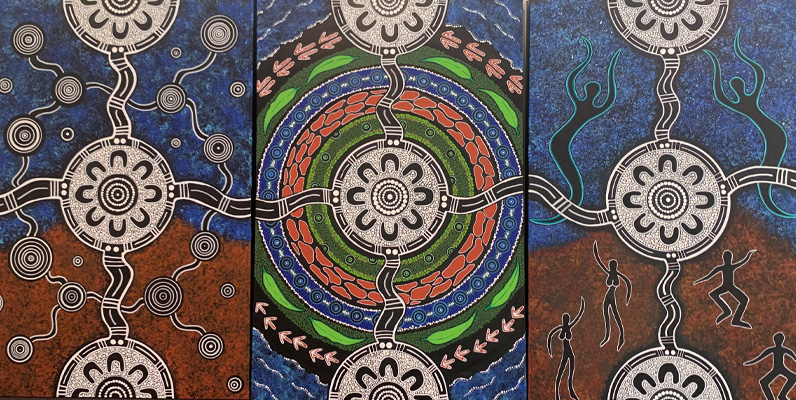Language and its context are a powerful tool. Language holds persuasion, has lasting effects and has the ability to assert power as well as influence social realities.
Applying wording with negative connotations to describe a nation of people is an exertion of power. Describing First Nations peoples as ‘vulnerable’ is an example of a negative connotation that influences and holds power over strong, proud people. It influences the ongoing judgement that First Nations people in Australia have experienced since colonial settlement.
As an Arrernte woman, I don’t see my people as ‘vulnerable’. My people have survived genocide, assimilation, racism, inhumane treatment and discrimination. This is evidence of our strength, not our vulnerability.
Against measures of socio-economic status, the clear inequalities between Indigenous and non-Indigenous Australians show disproportionate rates of disadvantage, but this does not make us ‘vulnerable’. So why not use the term ‘disadvantaged’ instead? Is it because the word disadvantaged identifies a problem within society, instead of the people being labelled? Shifting our language away from using disempowering terms such as ‘vulnerable’ and examining why some communities experience the effects of emergencies and disasters more acutely than others helps to reduce the power that is held over a nation of people. This can influence social attitudes to change the narrative of social realities.
How we use language will either build barriers or break barriers. How we communicate our experiences and issues can also be expressed through more than just words.
There is still widespread lack of cultural awareness of First Nations peoples and cultures and minimal understanding of culture and cultural obligations to Country. Likewise, there is minimal understanding of kinship structures and, sadly, minimal understanding and/or lack of empathy for trauma and generational trauma carried by most.
Interwoven concepts of connection
I created a 3-piece artwork within which are 2 half circles on the top and bottom and full circle in the centre. This represents the journey through the past, the present and into the future.
To understand the past, we must be solid in the present and the future. Disasters, of any kind, are hard-hitting for anyone who is affected by them. For First Nations peoples, the effects can be much more with cultural trauma included.
These 3 canvases represent 3 interwoven concepts that are linked within each other and to each other: the Human World, the Physical World and the Sacred World. The canvases connect through a flowing line. This is the connection and all 3 concepts are interlinked, connected through many elements of our culture.
©Ammie Howell. Reproduced with permission.
Canvas 1 – Human World: This artwork depicts our links in community, in kinship groups, in ceremonies, in relationships, our family supports and our community supports. This is Connections.
Canvas 2 – Physical World: This artwork is the land, the country, the soil, ochre, grass, waterways, mountains, trees, animals, sky, bush medicines and bush foods.
Canvas 3 – Sacred World: This is our stories, our connection to our ancestors, our dreaming, our creation, our song lines. It’s our healing, our caring for Country and our lore.
When disaster has affected our Country, our community and kinship links, then those links are broken. And when one link is broken in any of these 3 concepts, it intertwines and influences all other links to our identity and cultural responsibilities.
We have cultural obligations to Country, all aspects of Country. We are guided by our ancestors and the knowledge they have passed down through generations to maintain and care for Country. This is done through ceremony and teachings. Gendered roles within culture are widespread. We have men’s business and we have women’s business in all cultures across Australia. Men have cultural roles and women have cultural roles. These influence the ways that communities experience and recover from disasters.
When Country experiences disaster, we cannot commit to our cultural obligations to that Country. Therefore, it affects who we are as First Nations peoples. When we don’t have access to Country, we feel it in our spiritual beings and our human world and the physical world is affected too.



